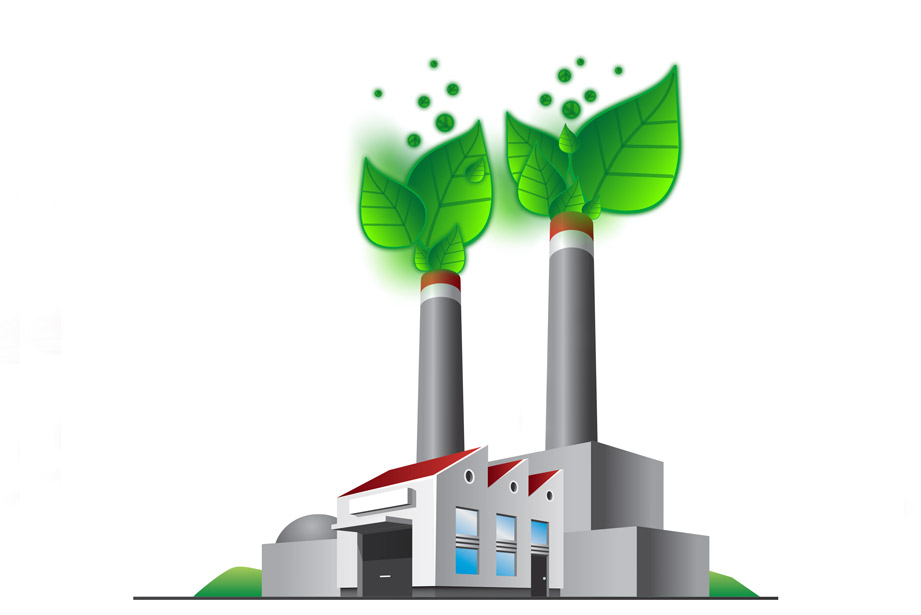Precision Emissions

Monitoring Study Looks at Natural Gas Exploration and Pipelines
As interest in natural gas grows, it is important to understand the environmental impacts of increased development. EPRI, in collaboration with Drexel University and Aerodyne Research, completed an air quality monitoring study in a critically under-sampled region of intense natural gas development in Pennsylvania. The measurements, which include ambient pollutant concentrations near development sites and regional background levels, provide an important benchmark for future research on natural gas development emissions in the region.
Prior to this, little was known about natural gas development emissions of criteria pollutants such as nitrogen oxides, organic compounds, and particulate matter. EPRI measured these pollutants, along with methane, carbon dioxide, and other chemicals.
Compressor stations that push natural gas through pipeline networks had the largest emissions, followed by drilling and well-pad sites. Average methane emissions from well pads were 4 to 23 times greater than the upper range of well-pad leakage estimated in a recent, often-cited Texas study. This disparity suggests that operating practices and production volume can significantly affect emissions. A key observation that will support future research: Careful timing and long-term averaging of measurements will lead to a more complete understanding of emissions. Next step: Use the measurements in air quality modeling to estimate local and regional environmental impacts.
The results will be published in the peer-reviewed journal Environmental Science and Technology. A brief EPRI report is available here.

